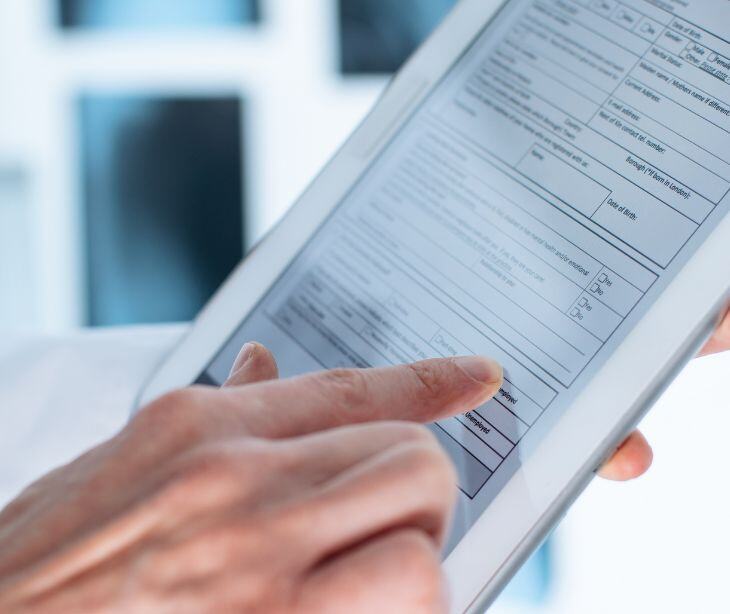
Patient forms are documents used in healthcare settings to gather vital patient information. They typically include fields for personal details, medical history, current health concerns, insurance information, and consent for treatment. These forms serve a few purposes, including:
- They help healthcare providers understand a patient's medical background
- Inform treatment plans, ensure accurate billing
- Facilitate compliance with legal and regulatory requirements.
In addition to intake forms completed by new patients, there are specific forms for various purposes, such as consent for a particular procedure, acknowledgment of privacy practices, and release of medical information.
Why is it necessary to send HIPAA compliant patient forms?
Patient forms must be HIPAA compliant to protect sensitive information from exposure and misuse. HIPAA compliance ensures that healthcare providers, insurance companies, and other entities in the healthcare sector can share these forms while maintaining patient confidentiality.
How to ensure patient forms are HIPAA compliant
- Design the form with minimum necessary information: Start by designing your form to request only the information needed for the intended purpose. This aligns with the HIPAA minimum necessary rule, which states that only the minimum amount of protected health information (PHI) required for a particular task should be used or disclosed.
- Select a secure platform: Choose a secure platform for creating and hosting your patient forms. This platform should offer end-to-end encryption for data in transit and at rest. Look for platforms specifically designed for healthcare use or that offer HIPAA compliant services.
- Integrate electronic signatures for consent: If the form requires patient consent, integrate a feature for electronic signatures. Ensure the e-signature solution complies with HIPAA and provides a secure way for patients to sign the form electronically.
- Create a business associate agreement (BAA): If you use third-party software for form management, ensure you have a BAA with the vendor. This agreement should delineate the responsibilities of each party in protecting PHI.
- Include necessary disclaimers and notices: Your form should include HIPAA disclaimers and notices about how the information will be used, stored, and protected.
- Test the form for compliance: Before deploying the form, conduct thorough testing to ensure that all security measures are working as intended. This can include testing the encryption, access controls, and e-signature process.
How HIPAA compliant patient forms can be easily set up
Creating HIPAA compliant patient forms is a streamlined process when using specialized software designed for healthcare data management. With Paubox Forms, a feature of the HIPAA compliant email service, healthcare providers can easily create custom forms tailored to their specific needs without needing extensive technical knowledge. The intuitive interface allows for the quick addition of various fields and form elements necessary for capturing patient data.
FAQs
Can I use email to send HIPAA compliant patient forms?
Yes, but you must ensure that emails are encrypted, and it's advisable to use a secure email service specifically designed for HIPAA compliance.
What should I do if there's a breach in patient form security?
You should have an incident response plan in place, which includes notifying affected patients, reporting the breach to relevant authorities, and taking steps to prevent future breaches.
How often should I review and update my HIPAA compliance practices for patient forms?
Review and update your practices at least annually to comply with any changes in HIPAA regulations and to address evolving security threats.
Subscribe to Paubox Weekly
Every Friday we'll bring you the most important news from Paubox. Our aim is to make you smarter, faster.





